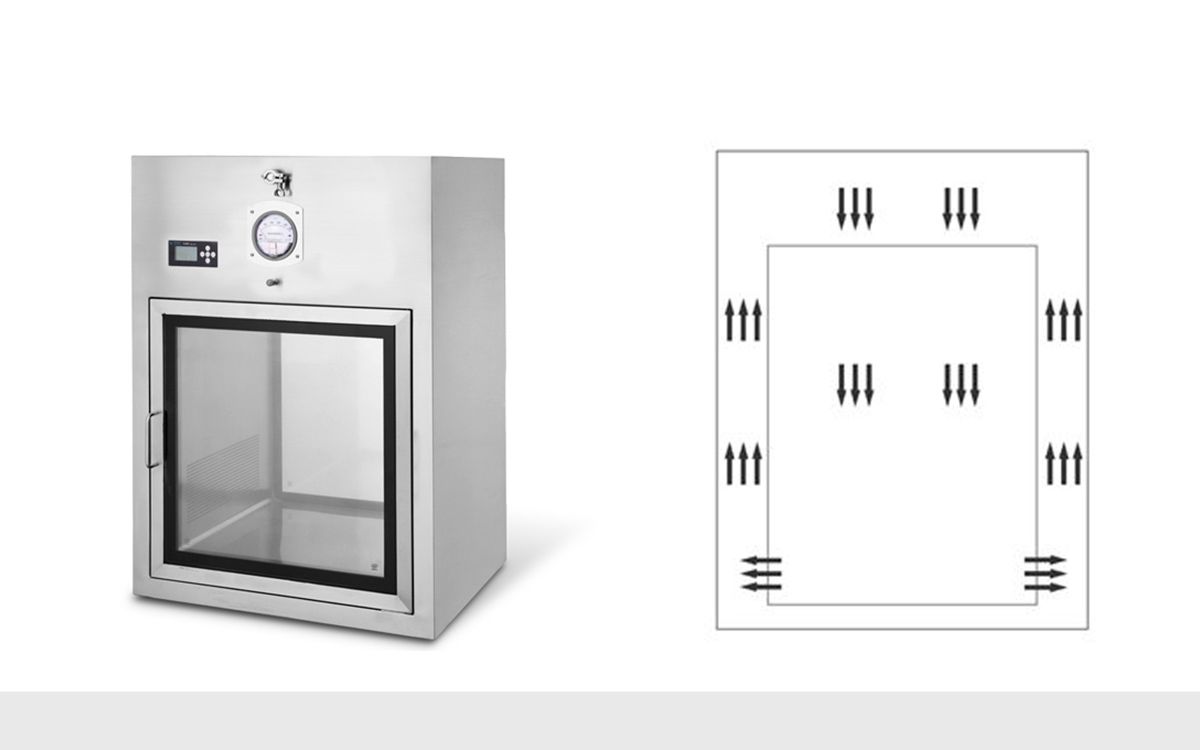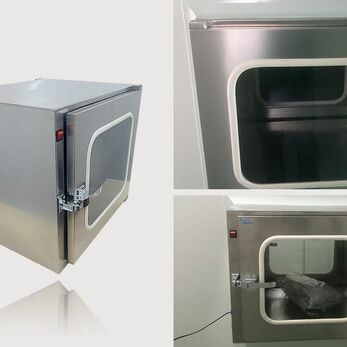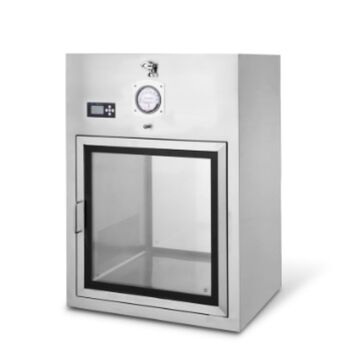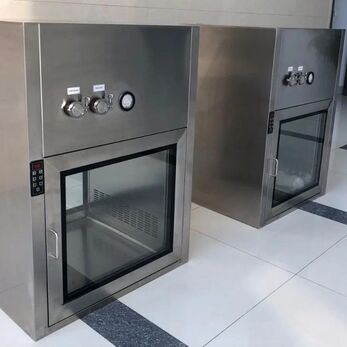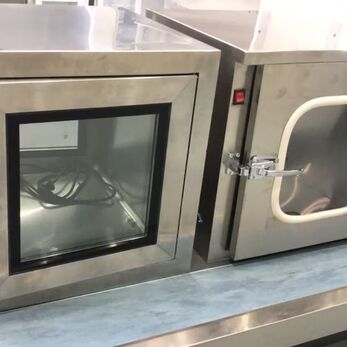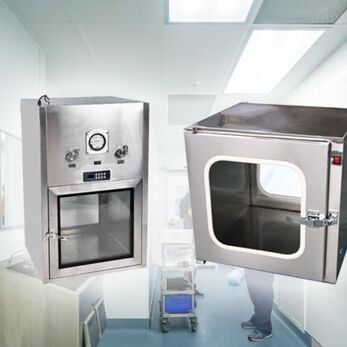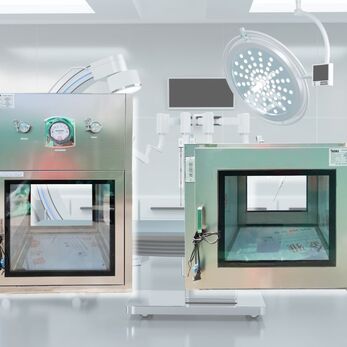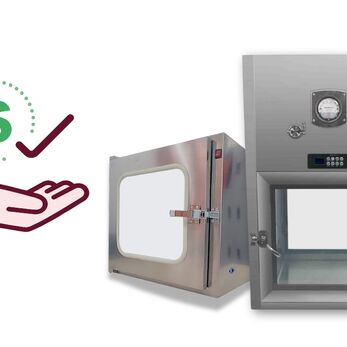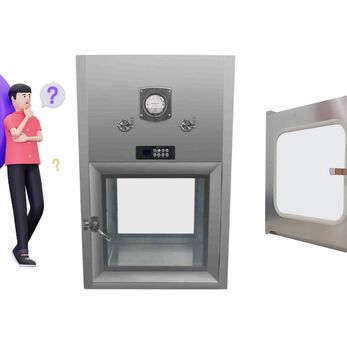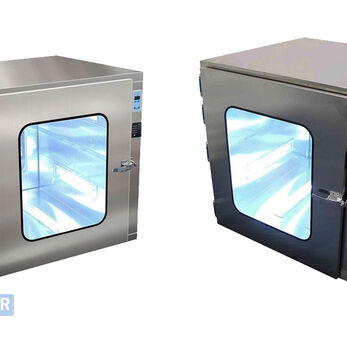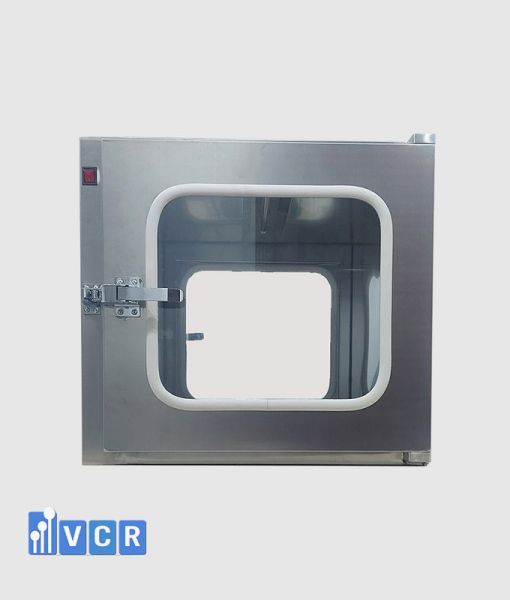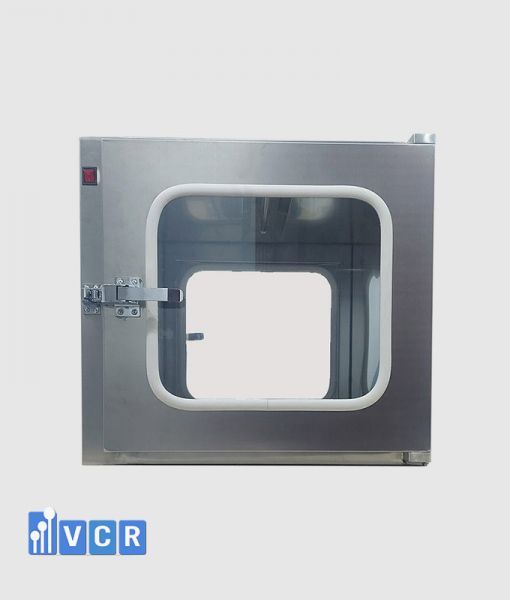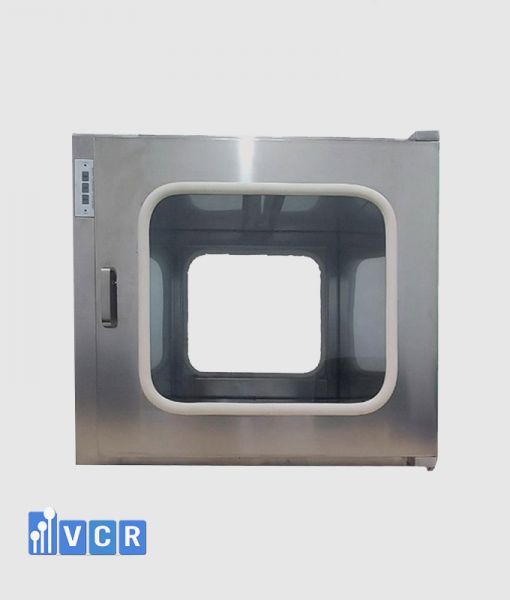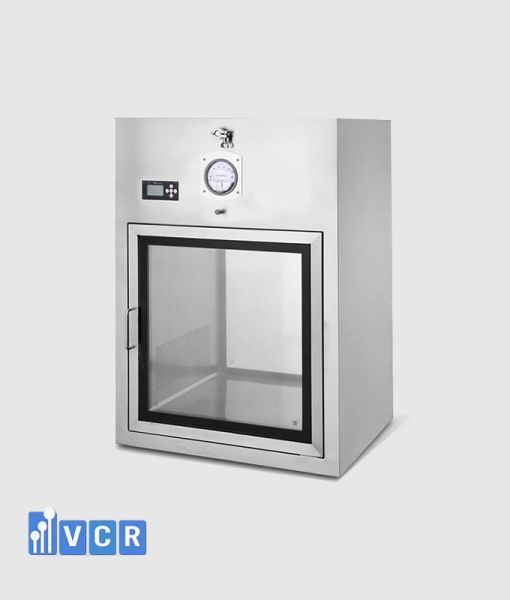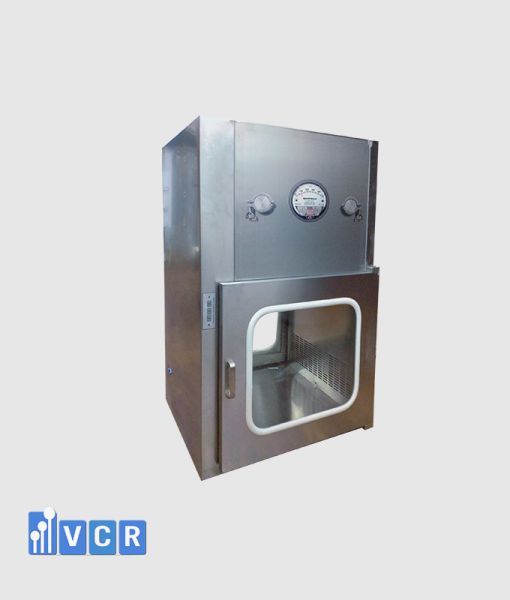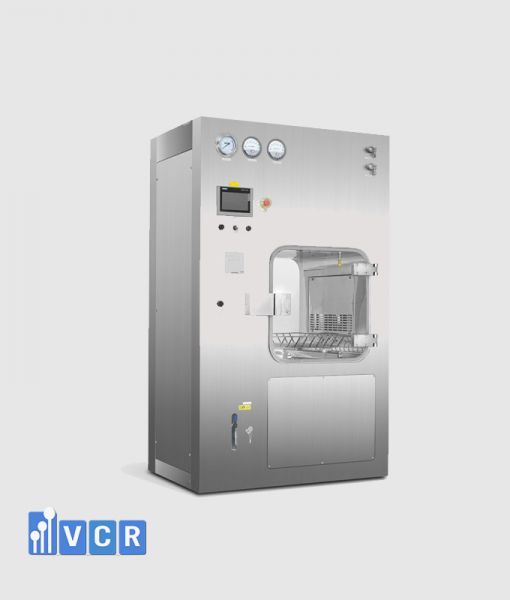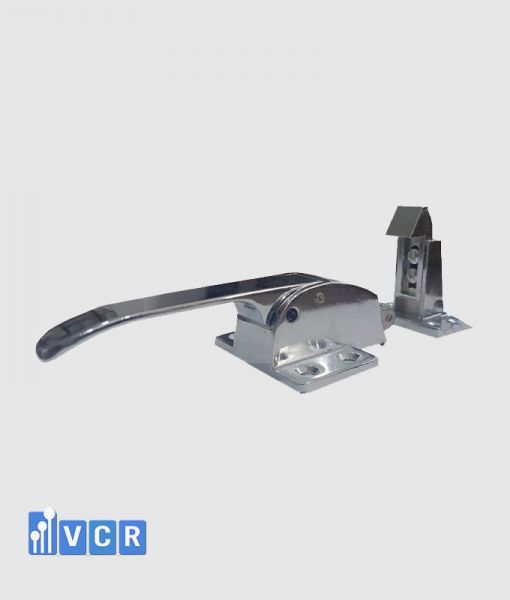In the meticulous realm of cleanrooms, maintaining sterility is paramount. Enter the dynamic pass box, a silent guardian ensuring pristine environments during material transfer.
Summaries
This article dissects its working principle, features, and design considerations, unveiling the science behind its effectiveness.
Function and Applications
Dynamic pass box are self-cleaning transfer devices primarily used in cleanrooms to:
- Minimize cleanroom contamination: By limiting door openings, they reduce the influx of external contaminants.
- Facilitate controlled material transfer: Items pass between areas of varying cleanliness levels (clean-non-clean or high-low cleanroom) without compromising sterility.
- Enable pollution-free transmission: Their self-cleaning function assures the transferred materials reach their destination immaculate.
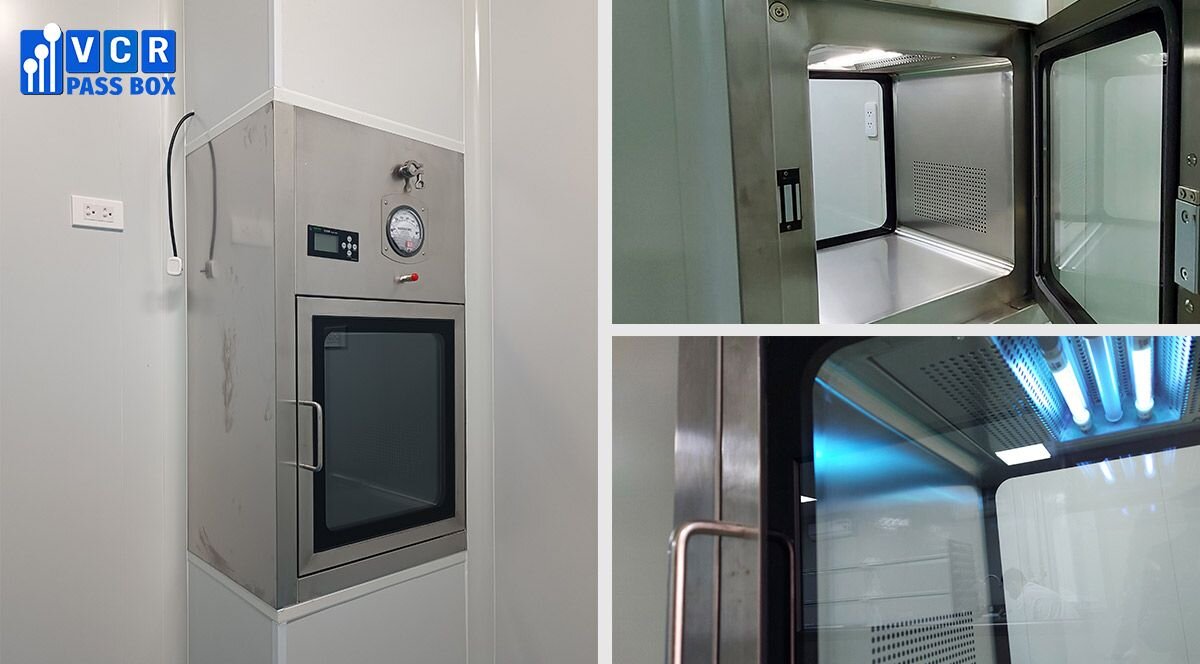
See more: 9 Considerations For Dynamic Pass Box
Working Principle: A Cyclical Symphony of Cleanliness
Imagine a meticulously choreographed air ballet:
- Internal Fan Activation: An internal fan propels air within the pass box chamber.
- HEPA Filtration: Air is drawn through high-efficiency particulate air (HEPA) filters, capturing even microscopic particles (0.3 microns or larger).
- Clean Air Distribution: Filtered air re-enters the chamber, constantly purging contaminants.
- Continuous Circulation: This cycle iterates, ensuring a perpetually purified environment for transferred materials.
See more: Functions of dynamic pass box
Features Enhancing Performance and Usability
- Compact Design: Utilizing internal air circulation eliminates the need for external air exchange, simplifying its design and operation.
- Laminar Airflow: Upward flow and downward return create a unidirectional air movement, minimizing turbulence and contamination risks.
- Double-Door Interlock: Simultaneous opening of both doors is impossible, preventing cross-contamination during transfer.
- Stainless Steel Construction: Corrosion-resistant and easy to clean, upholding pristine hygienic conditions.
- Smooth Surface Finish: Minimizes potential harborage points for contaminants, further bolstering sterility.
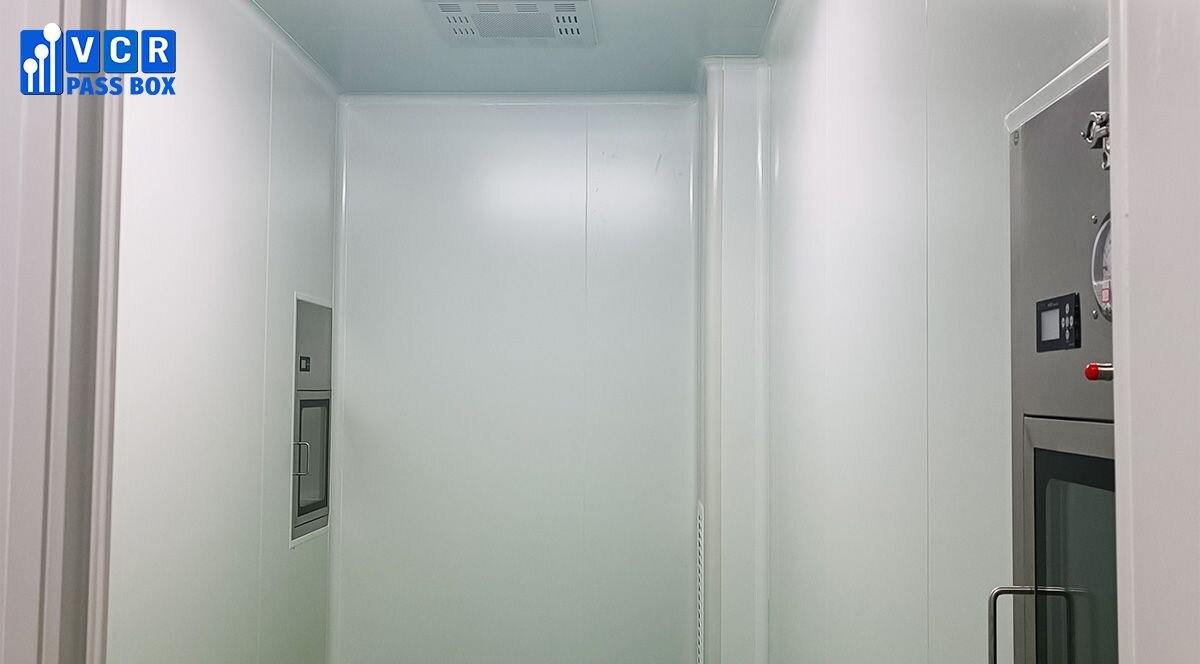
Design Considerations for Optimal Performance
- Cleanliness Classification: Dynamic pass boxes typically conform to Class B cleanroom standards.
- Seamless Construction: Eliminates crevices and gaps where contaminants could potentially linger.
- Precise Air Velocity: Controlled airflow ensures effective filtration without turbulence.
- Differential Pressure Monitoring: Continuously tracks filter performance, indicating replacement needs.
- User-Friendly Control System: Simplifies operation and ensures consistent performance.
By delving deeper into these aspects, we can build a comprehensive understanding of this critical cleanroom technology, empowering informed decision-making and safeguarding the integrity of sterile environments.
See more: What is pass box




